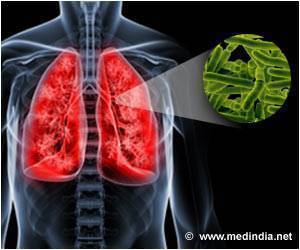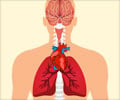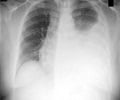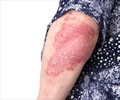Students in Cape Town, spending their day in poorly ventilated rooms, are at risk of transmission, say scientists studying in role of room ventilation in tuberculosis transmission.

In the study, the authors first calculated 1000ppm as the indoor CO2 concentration threshold above which indicates a high amount of rebreathed air and increased risk of TB transmission. This level falls in line with regulations in other industrialized nations.
During the monitoring study, the authors found that students may spend up to 60% of their time in classrooms with CO2 levels above the 1000 ppm threshold, at risk for TB transmission. The classrooms with the highest levels of CO2 had windows on only one side of the room. Although calculating the CO2 threshold may differ depending on the variables used, given the high instances of TB-positive high school adolescents in South Africa, the authors recommend increasing natural ventilation, which will lower CO2 concentrations and reduce the risk of spreading TB in schools. This recommendation may be one low-cost intervention for helping control the TB epidemic in areas of high prevalence.
Eugene Richardson added, "It seems that—in an era of effective treatment—current TB prevention programs have become complacent in promoting the prevention benefits of ventilation."
Source-Eurekalert















